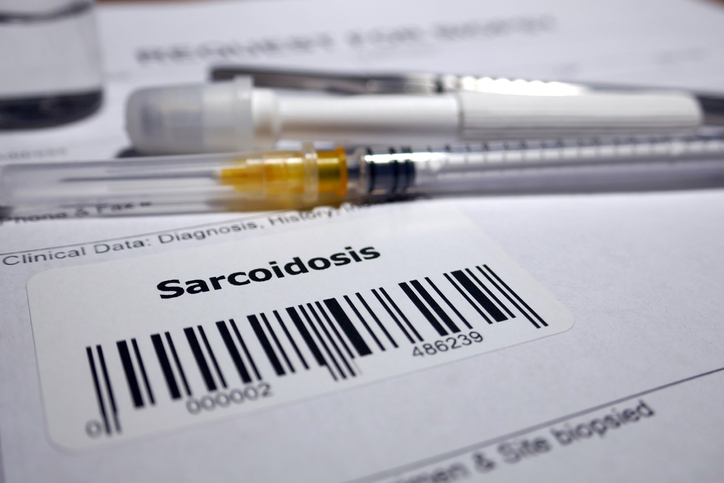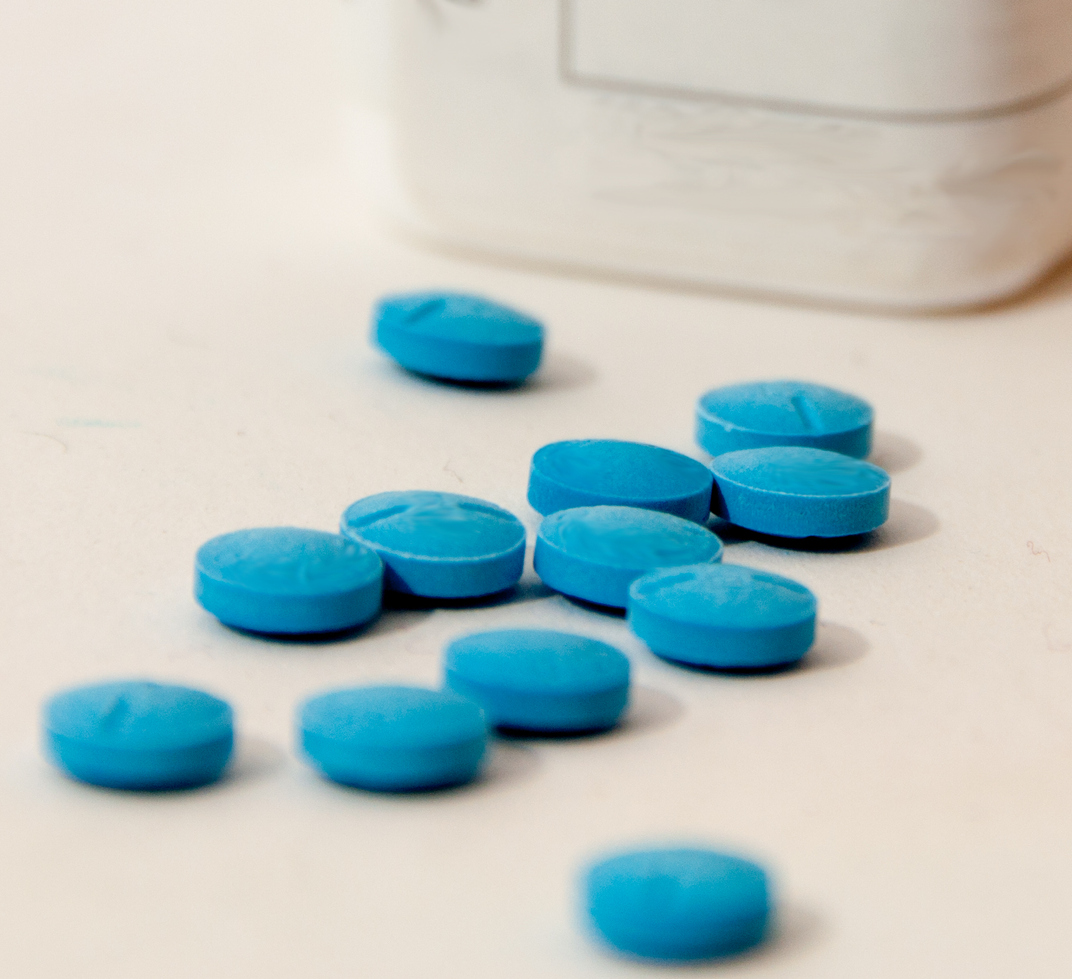Pain
Medication Options for Postural Orthostatic Tachycardia Syndrome (POTS)

What is postural orthostatic tachycardia syndrome?
Postural orthostatic tachycardia syndrome (POTS) is a type of dysautonomia (an umbrella term for health conditions that affect the functioning of the autonomic nervous system). POTS is characterized by reduced blood circulation when standing upright from a reclined position. The blood pools in the lower extremities of the body, which results in reduced blood flow to the heart and brain. Reduced blood flow causes the heart rate to rapidly increase. With POTS syndrome, the heart rate increases at least 30 beats per minute in adults and at least 40 beats per minute in adolescents during the first 10 minutes of standing.
Medication options
Medications, or a combination of medications, can help reduce symptoms of postural orthostatic tachycardia syndrome. No one treatment works for everyone; therefore, individualized treatment is essential.
The following medication treatment options are available to manage the symptoms of postural orthostatic tachycardia syndrome:
- Sodium chloride infusions can help reduce POTS symptoms. POTS typically causes low blood pressure. Sodium infusions elevate blood pressure by increasing the blood cell volume. Although time-consuming, sodium infusions are proven to be cost-effective while producing very few side effects.
- Corticosteroids can prevent the kidneys from flushing out large amounts of sodium, helping the body retain salt. A corticosteroid can also increase plasma volume. Salt tablets can increase the effectiveness of corticosteroids used to treat POTS. Headaches are a frequent side effect. If headaches become severe, a health care provider should be consulted. Corticosteroids should only be taken as prescribed. Discontinuation should not be abrupt or without consultation from a physician.
- Beta-blockers are medications that reduce blood pressure by blocking the effects of epinephrine. This causes the heart to beat slower and with less force. For this reason, beta-blockers have proven to be a successful treatment for POTS. The combination of a beta-blocker with a corticosteroid may be especially effective. However, caution should be used when prescribing beta-blockers because POTS can cause hypotension in some individuals. In these cases, sinus node blocker medication may be prescribed in place of a beta-blocker.
- Vasoconstrictor medications, which cause the narrowing of blood vessels, may also be prescribed as a treatment for POTS, as they reduce venous pooling. The dosage typically begins low and is increased over a short period of time. Certain vasoconstrictor medications can be addictive or cause reduced blood volume; therefore, long-term usage is not recommended.
- Selective serotonin reuptake inhibitors (SSRIs) can also improve POTS symptoms by increasing nerve communication and stimulating the vasoconstriction reflex.


















